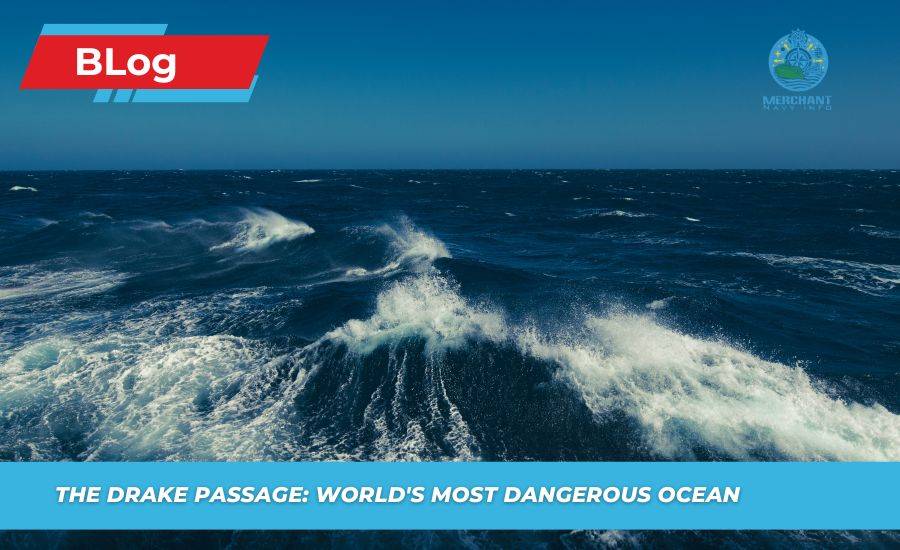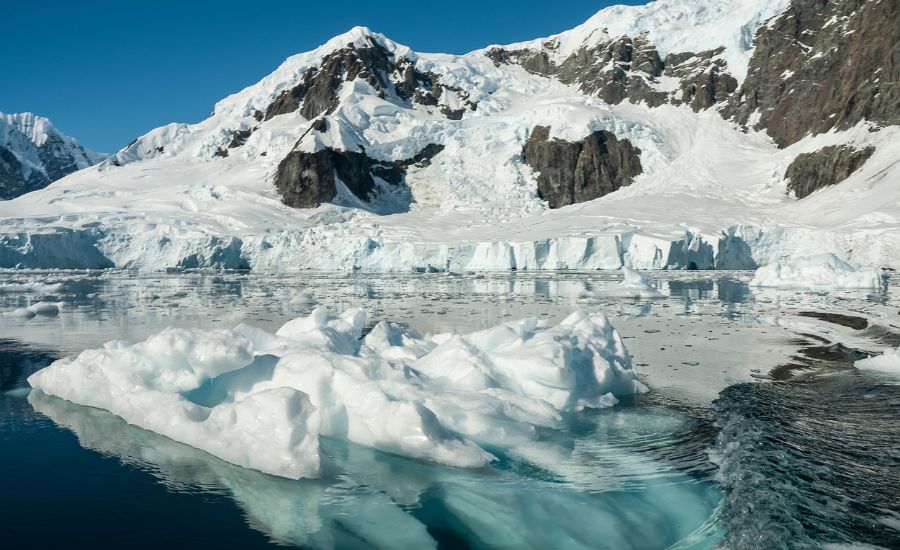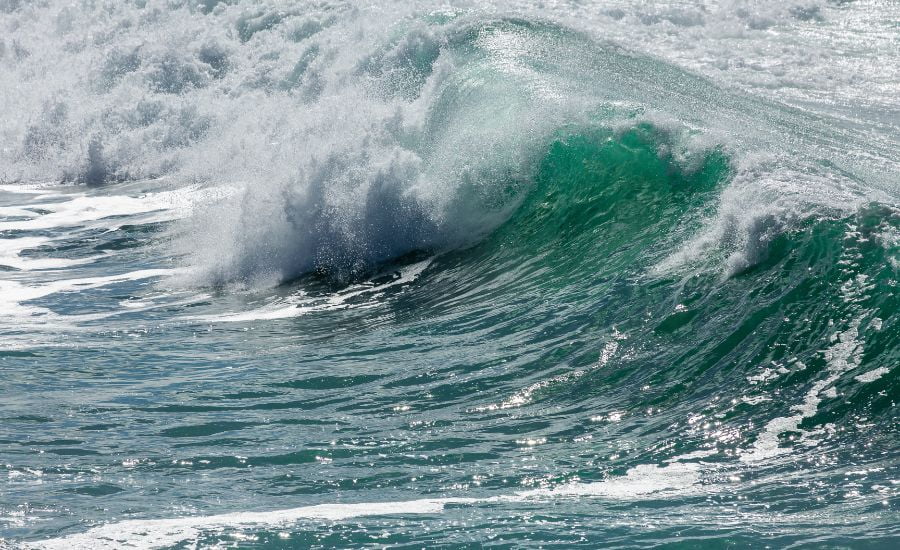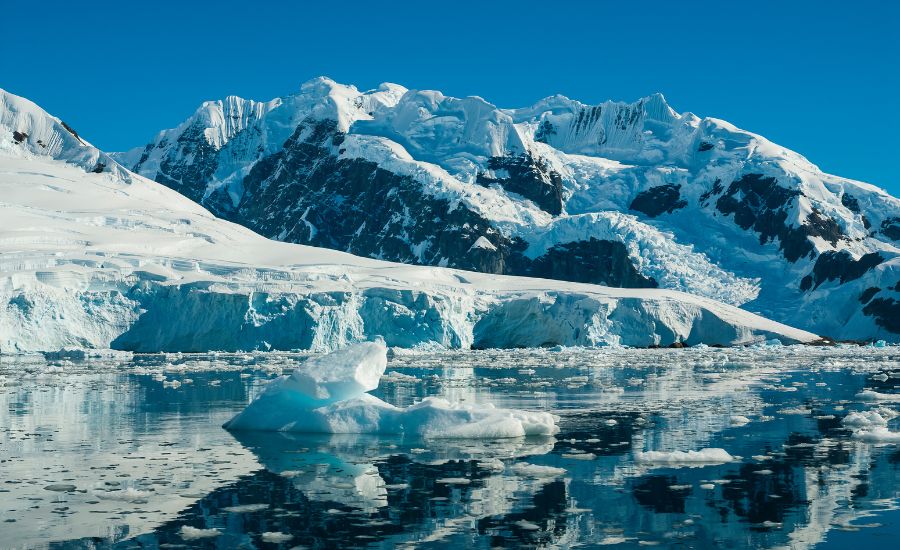
Drake Passage – The World’s Most Dangerous Ocean
The Drake Passage is the world’s most rugged sea passage, stretching from the tip of South America to the farthest coast of Antarctica. It is a legend, and crossing it is an experience that some Antarctica cruise passengers look forward to. It is exhilarating to experience the rolling waves of the Drake Passage aboard an ice-reinforced expedition ship in Antarctica.
History of the Drake Passage
The Drake Passage (Mar de Huques in Spanish) is said to have been first sailed in the early 1500s when the famous Spanish naval explorer Francisco de Huques sailed south and saw the end of the South American continent. A few decades later, the famous English explorer, admiral and captain Francis Drake lost a ship due to strong southerly winds while sailing along the west coast.
However, this confirmed to him that there was a meeting between the Pacific and Atlantic Oceans. Drake is a legendary figure in British expansion, and the name “English Pass” is derived from him. However, the Spanish considered him a pirate (in their defence, Drake liked to seize their ships full of treasure), so most Spanish literature still refers to the Drake Passage by its original name.\

What is the Drake Passage: The Mightiest Confluence of Oceans
So, where is the Drake Passage located? And why does it get so much attention? Stretching just under 1,000 kilometres, the Drake Passage is where the Atlantic, Pacific, and South China Seas meet, creating turbulent currents that might make you regret having an extra serving of pasta for dinner. Almost all Antarctica cruises must cross it (although there are some alternatives, such as flying to Antarctica from South America or sailing to East Antarctica from New Zealand).
Also read: Are There Any Oceans That Are Not Saltwater?

Why is the Drake Passage so dangerous?
The Drake Passage is notorious because a current of this width meets no resistance from any landmass anywhere on Earth. In addition to the high winds that often occur in the area, crossing the Drake Passage can be quite an adventurous experience.
Fortunately, expedition ships now come equipped with stabilizers to absorb much of the way, and most Antarctica cruise passengers can get by with seasickness pills and some biscuits. Even if the ship is moving, you’ll be completely safe. Your captain and crew have extensive experience navigating the area, and your expedition ship is specifically designed for the crossing.
However, the unpredictable nature of the passage means it can be surprisingly quiet at times. Whether you prefer the Drake Shake or the Drake Lake, you can be sure that a Drake Passage cruise will be a highlight of your trip to Antarctica. The chances of seeing amazing wildlife along the Drake are high, with hourglass dolphins, humpback whales, and migrating seagulls regularly appearing.
When you board an expedition ship bound for Antarctica, the crew will first tell you to bring seasickness pills. The Drake Passage is the only part of the entire voyage that could be a hassle for the passengers on board (or an exciting part, depending on how nervous you are), so once you reach Antarctica, the ocean is protected, and the sailing is pretty smooth.
Also Read: What Is The Deepest Part of the Ocean?
Sometimes, the staff will shamelessly play Michael Jackson’s “Rock With You” to a small group of hardy guests who prefer to “ooh” and “ah” together at every roaring wave on the observation deck. Crossing the Drake Passage should be at the top of your list if you are a seasoned traveller who has seen it all around the world. For adventure value alone, it is priceless!
While at it, spare a thought for the poor people working on the huge ships and tankers too wide to enter the Panama Canal. Every time they sign up for the mission, they must endure the journey south to cross the Drake. But many say that competition among sailors is fierce. Between the canal’s construction and air travel, few have the opportunity to experience “one of the world’s most iconic crossings,” and the Drake Passage is considered by many to be a very desirable experience.
You’re in luck. You’re on a cruise to Antarctica, and you get to do it twice!

How to Manage Seasickness on the Drake Passage?
If you’re worried about motion sickness, don’t let that stop you from taking a unique Antarctic adventure. There are ways to take care of yourself.
If you’re prone to nausea, ask your doctor or pharmacist about medications you can take before your trip. These medications usually work best if you take them before you get seasick, so consider starting them while you’re in the Beagle Channel.
Stay hydrated and limit alcohol. Light, bland food helps, too.
Fresh air helps a lot. If you like, go out on deck and take a deep breath of that wonderful air.
Looking at the horizon can help when you’re feeling sick.
Sometimes, ginger can help settle an upset stomach if you start to feel sick.
If you need help, each ship has a doctor who is experienced in dealing with seasickness.

What to Do on a Drake Passage Cruise to Antarctica?
The crossing from Ushuaia to Antarctica takes two days, and this valuable time is usually spent getting to know the other passengers and attending presentations designed to teach you all about Antarctica, from safety to history, geology, biology and everything else. You will be asked to clean your outer clothing so as not to cause any biohazards in the pristine environment, and you will be given a list of dos and don’ts. You will also sample delicious food and wine and enjoy hot chocolate while having a wonderful and exciting experience.
The Drake Passage is also great for birdwatching, as you will often see many beautiful seabirds, such as albatrosses, following behind the boat.
The slow (sometimes even uncomfortable) journey across the Drake Passage is therapeutic. When you board the expedition ship, you will leave Ushuaia and civilization as you know it. You will be heading to the wildest and most beautiful place you have ever seen.
The excitement in the group will slowly build, and so will the anticipation. The first dolphins, and maybe the first whale, until the first iceberg and the first sight of land. It is a magical, impressive and cathartic experience, which you will completely lose as you fly over the place.









